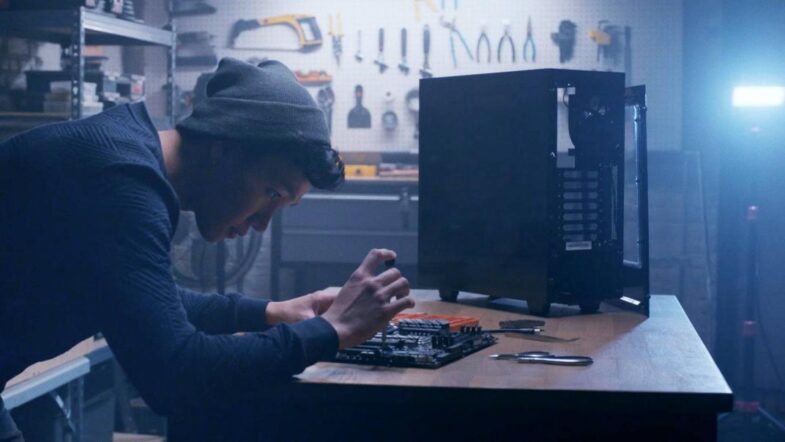Building a Gaming PC
Building your own gaming PC is an extremely fun and rewarding experience and can save you a good chunk of money, however, with the size of the market today, and so many different products with different specifications, it can become confusing and get overwhelming very fast unless you know exactly what you are looking for. It is very important to create a perfect computer based on your personal needs and expectations so we have created this three-part guide that should provide you with all the necessary information needed for you to start building your own gaming PC. There seven major components of every gaming PC including the case, the central processing unit(CPU), graphical processing unit(GPU), motherboard, random access memory(RAM), power supply unit(PSU), and storage, so let’s take a closer look at each of them.
Gaming PC CPU
When discussing what CPU you should get for your personal computer, there are a few different specifications that you need to take into consideration in order to be able to pick out a CPU that perfectly suits your needs, so regardless of whether you plan on using your CPU for gaming, streaming or as a work station, you should consider these characteristics to pick the perfect CPU for yourself.
Gaming PC CPU Cores
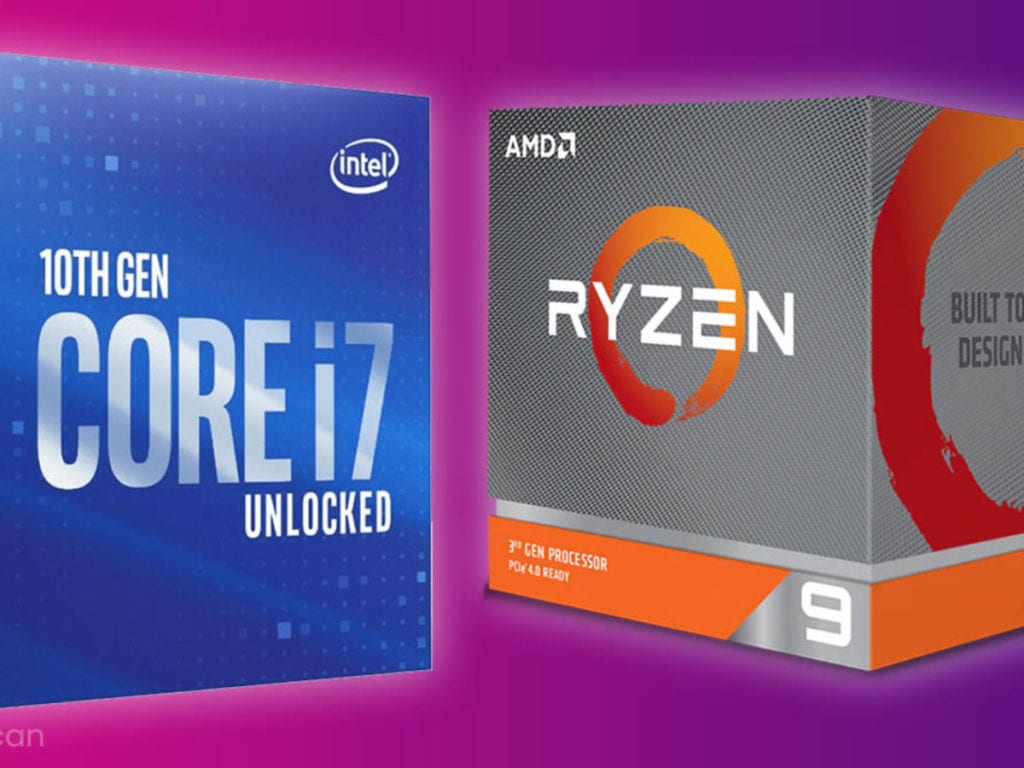
CPU Cores refer to processing units of the chip that execute all your instructions such as games, programs, web browsing, etc. Most chips have one, two, four, six, or eight cores, however, there are CPUs that can have up to 32 cores. The more cores your CPU has, the better your gaming PC’s performance will be when running complicated tasks such as video games, editing, etc. Each core runs at a specific frequency so the more cores you have, and the higher their frequency is, the better performance will you get from your PC.
Cache Memory
Another very important CPU factor is the cache memory which is in essence your CPUs personal RAM that helps with access to your actual RAM. There are different layers of cache memory such as L1, L2, and L3 and the higher the capacity is, the faster the performance. L1 is the smallest cache size while L3 is the larges and the sizes usually range between 512KB and 16MB.
Threads
Lastly, threads are another thing to consider when looking for a perfect CPU for your build and they are essential tasks that your CPU can execute at any given time. The majority of software today is optimized for multithreading so the more threads that you can get, the better.
With all of this said, your CPU choices boil down to Intel and AMD, and deciding between them should be based on what you are planning to use your computer for. If you are looking to create an ultimate gaming machine, Intel will provide you with slightly better performance due to its single-core performance superiority. If you are looking to create a workstation for video or sound editing, streaming as well as do high-end gaming, then new Ryzen CPUs from AMD should be right up your alley. Once you have chosen the brand, choosing a specific CPU model needs to be based on your needs as well as your budget, so it is a case-by-case basis. Luckily there are websites that can help you out with that.
Storage for your Gaming PC Build

Choosing the right type of storage that fits your needs will not only be beneficial to the performance of your PC, but will also allow you to wisely spend your storage budget, and maybe even save some money along the way. At your disposal, you have three different types of storage, an HDD, an SSD, and a Nvme M.2 drive and each of them comes with different specifications, different applications, and of course, different prices.
HDDs are the cheapest type of storage available but are also the slowest in terms of reading and writing data. Therefore, this type of drive would be used to either just store different types of data on it or store and play video games in which loading times don’t matter that much such as single-player story-driven games.
SSDs are the middle-of-the-road option that offers decent speed when reading and writing data and are also very affordable. If you are too concerned with a budget, a smaller SSD will generally be a good choice for running your system and your everyday applications while for storage, you would opt for an HDD.
The Nvme M.2 drives are the fastest drives on the market but are also the most expensive. While the price has gone down in the last couple of years, they are still expensive when compared to SSDs and HDDs, however, they can be more than ten times faster than a regular SSD, and will make your PC feel very snappy and responsive when running applications and games. They do however require the motherboard to be able to support them, while HDDs and SSDs have no special requirements.
Motherboard
When you are looking to purchase a new motherboard, the most important thing that you should make sure it does is support the rest of your components such as the CPU, RAM, etc. Different CPUs fit different sockets so a specific CPU would need to be matched with a motherboard that has a socket that can support it, otherwise, you won’t be able to insert your CPU in it, and therefore, you wouldn’t have a working computer. A similar rule applies to RAM. Specific motherboards can only support a specific amount of RAM on them up to a certain speed, so purchasing either more or faster memory than what is supported by the motherboard will at best be a waste of money, and at worst won’t work at all on the board. Below is a list of some of the popular motherboard sockets as well as additional information about them.
Sockets List
| Socket | Supported CPUs | Chipsets |
| LGA 1151 | 6th– and 7th-generation Intel Core | Skylake (6th-gen): H110, B150, Q150, H170, Q170, Z170. Kaby Lake (7th-gen): B250, Q250, H270, Q270, Z270 |
| LGA 1150 (300 series) | 8th– and 9th-generation Intel Core | Coffee Lake (8th-gen): H310, B360, H370, Q370, Z370 |
| LGA 2066 | Skylake-X/Kaby-Lake X | X299 |
| sTR4 | AMD Ryzen Threadripper | X399 |
| AM4 | AMD Ryzen and 7th-generation A-Series and Athlon | A300, A320, B350, X370, X470 |
| AM3+ | AMD FX | A970, A980G, A990X, A990FX |
| FM2+ | AMD A-Series and Athlon | A58, A68H, A78, A88X |
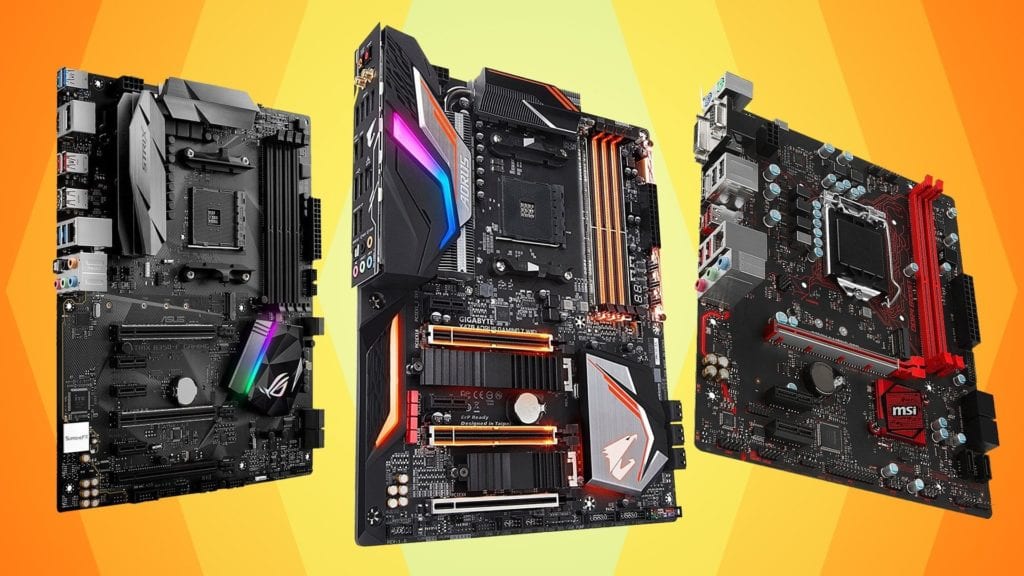
Aside from the chipset and compatibility, another thing to keep in mind when we are talking about motherboards is the form factor. The form factor is essentially the size of the motherboard, and it is a very important aspect of the motherboard because the size of it limits some of the board’s features, but more importantly, you want to be able to fit your motherboard into your case. Below you will find a detailed table explaining the differences between each of the form factors.
Form Factor Table
| Mini-ITX | MicroATX | ATX | |
| Size | 9.0 x 7.5 inches | 9.6 x 9.6 inches | 12 x 9.6 inches |
| Expansion Slots | 1 | 4 | 7 |
| RAM | DIMM | DIMM | DIMM |
| RAM Slots | 2 | Up to 4 | Up to 8 |
| GPUs | Up to 1 | Up to 3 | Up to 4 |
| SATA ports | Up to 6 | Up to 8 | Up to 12 |
RAM
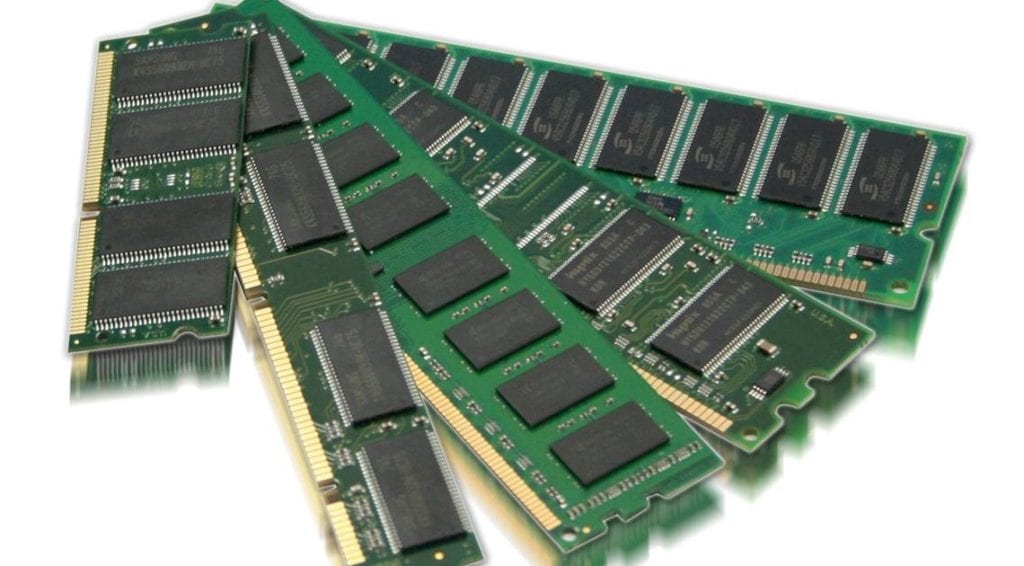
Random Access Memory or RAM for short is an essential PC component and is responsible for running applications, browsing the internet as well as other processes that can run on a PC. It is a short-term memory that your PC uses to run applications, and each application uses a chunk of it if it is running in the background or foreground of your PC. In terms of quantity, today is recommended no less than 8GB for an office machine, no less than 16 for a higher-end gaming PC, and more is recommended for users who use heavy video editing software. With regards to speed, the most optimal choice is considered to be at either 3GHz or 3.2GHz, and higher memories are considered to provide a low-performance boost compared to the price increase. Below is a table with RAM recommendations and specifications.
| < 4GB | Not recommended for anyone except the lightest user. |
| 4GB to 8GB | Minimum RAM for the typical productivity user |
| 8GB to 16GB | 8GB of RAM is what most users will want to use—it is enough for most productivity tasks and less demanding games |
| 16GB or more | If you are an industry professional needing heavy video editing software or gaming enthusiast, opt for 16GB or more |
PSU for your Gaming PC Build
The power supply unit or PSU is an extremely important component of your PC and is often the one where many new and inexperienced gaming PC builders choose to save some money on and get one either used or a non-brand cheap one to put into their system. This is extremely risky because the PSU is responsible for driving electric power to every single one of your components, which means that if something goes wrong with it, your entire system may end up malfunctioning, or even worse, dead. Due to this, it is very important to pick a PSU that has safety protocols build into it so that if anything goes wrong, your PSU is the only component that suffers. Aside from safety, the wattage rating is another thing that you should consider when building a PC.
PSU Components
Each component of your PC uses a specific amount of power, and making sure that your PSU can deliver that much is very important, otherwise, your PC will end up shutting down when under load. Most office machines use a 500W PSU while higher-end computers can go as high as 1200W or more. Generally speaking, however, a 750W PSU will more than likely be more than enough to handle the majority of components currently available to everyday users. The final aspect that you need to consider is whether you want a modular, semi-modular, or non-modular PSU. The difference between these three types is the cables that are pre-attached on the non-modular PSU and come completely separate on the full modular models. The semi-modular PSUs come with some cables pre-attached, while some are completely separate. Below you will find a table of general characteristics for each PSU model.
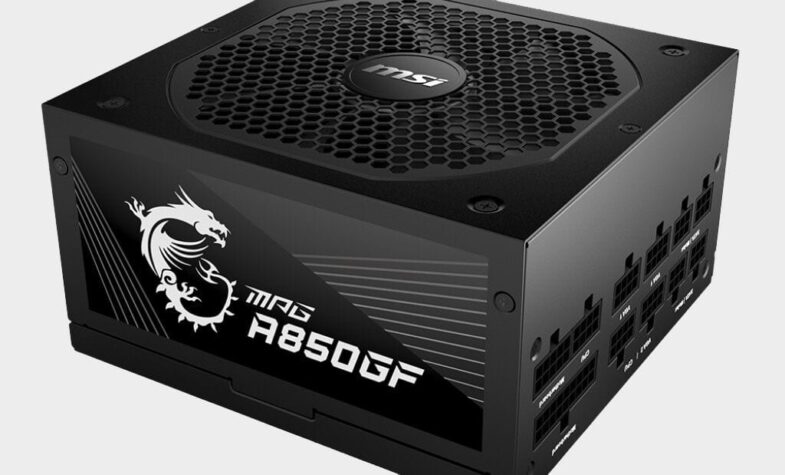
| Non-Modular | Semi modular | Full modular | |
| Air flow | Poor airflow efficiency | Decent airflow efficiency with the right cable management | Full control of wires makes it possible to hide them completely to fully cater efficient air flow |
| Temperature | With poor cable management, results to a slightly higher temperature | The right cable management allows better temperature | Can get the lowest temperature reading possible without wires messing around |
| Aesthetics | Too many cables lead to poor cable management output, messy | Allows better cable management | God level cable management output |
| Size | Can be fitted easily to most computer casings | Average to larger size than non-modular psu | May require larger computer case to cater its size |
| Convenience | Need to remove all the wires when replacing psu | Allows easy replacement with lesser wires to unplug | Experience convenience like no other, do PSU replacement without breaking a sweat |
| Efficiency | Not as efficient with all the cables everywhere | New modular plugs make them the best in efficiency and use | New modular plugs make them the best in efficiency and use |
| Price | Ideal for budget starter computer builders | Perfect for budget seasoned computer builders | Too expensive for a psu |
GPU
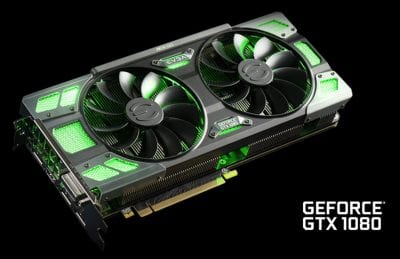
The graphics card or the GPU is the processing unit that is responsible for rendering visuals and video and sending that information to your display or monitor. GPUs can get very expensive and are usually around 50% of the entire cost of your PC if you are looking to build a high-end gaming computer or are planning to use your PC for heavy graphical processing such as rendering 3D objects and such.
GPU Basic Needs
If you are planning on using your PC for basic tasks such as browsing the internet as well as some light entertainment and gaming, there are GPUs that are integrated within the CPUs such as the Ryzen 2200G,2400G, or even 3400G. These are usually the best budget option for PC builders and offer great performance.
When it comes to external GPUs, currently your choice is between AMD and Nvidia, and at the time of writing this, none is better than the other, and each comes with its own set of features that make them unique. Going into detail about picking a perfect GPU would require an article of its own but luckily there are websites that can help you pick out a perfect one based on your needs and the games that you plan on playing.
